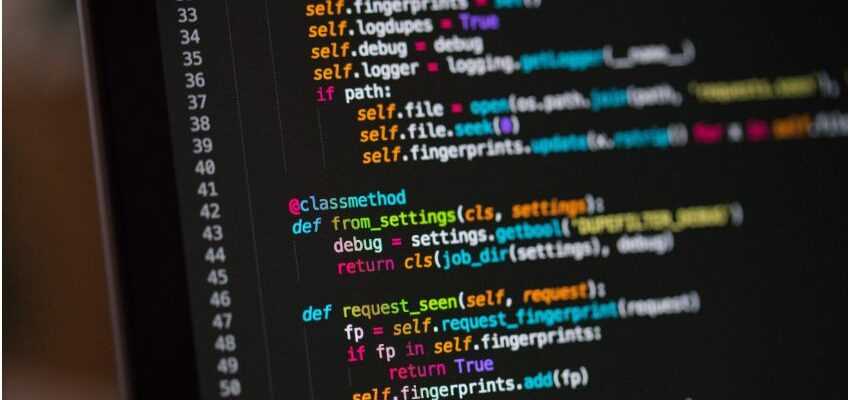Python is considered one of the most popular programming languages by developers. However, when it comes to database access and performance, Python has some disadvantages. Solutions that bring Python closer to the actual heart of applications – the data – promise a remedy. In the webcast on February 10, you can find out what advantages this brings and what actually lies behind “Embedded Python”.
speaker
Jannis Stegmann
Sales Engineer, InterSystems GmbH
short vita
Jannis Stegmann has been working as a sales engineer at InterSystems since the beginning of 2021 and in this role is primarily responsible for data-driven customer projects in the manufacturing and financial services industries. He previously worked at Hewlett Packard Enterprise as a business consultant. Mr. Stegmann completed his studies at the ESB Business School in Reutlingen as a Master of Science in the field of Consulting & Business Analytics with a focus on (Big) Data Analytics, Business Consulting and Digital Strategies.

Christian Toepfer
Manager Solutions & Services, Heise Business Services
short vita
Christian Töpfer worked for many years at ChannelPartner in the IDG publishing house as an editor, content manager and manager on duty. He has been working at Heise since 2016 and takes care of online, print and webcast projects on behalf of customers.
The more distributed a company’s system landscape is, the more difficult it is to integrate historical and transactional data into Python-based applications. All the more so when not only structured data but also unstructured data such as social media feeds, video or audio files are to be taken into account. If there is also the requirement to make the Python-based application as performant as possible without sacrificing robustness, developers are faced with a Herculean task that can hardly be solved with the tools and libraries commonly used.
Fortunately, some technologies now allow Execute Python code directly at the heart of an application – the data. This enables a significant improvement in performance. By means of comprehensive interoperability functions, these modern tools ensure the unrestricted access to data from any source and format. This is especially important when application responsiveness is critical and large amounts of historical and transactional data need to be processed with AI and ML support.
Using the example of an application from the (Industrial) Internet of Things (IoT) sector Jannis Stegmann from InterSystems in the webcast on February 10, 2022 at 11 a.m explain how complex interoperability tasks can be solved with the help of modern data technologies and high-performance and high-availability applications based on Python to realize.
The following aspects will be discussed in the webcast, among others:
- Development of Python from the application area AI/ML to a powerful programming language for the (I)IoT
- Interoperability: Cross-system mapping of processes and all-encompassing connectivity
- Getting a handle on large amounts of data with Python: Flexibility in terms of data input and analysis
- Connection of systems, machines and machine parks
- Implementation of business logic with Python directly at the device level (sensors and actuators)
- Micropython – with very low system requirements for small devices
- The most popular connection methods for (I)IoT devices (MQTT and OPC-UA) can be effectively implemented with Python.
- Work directly on the data with Python and build on a multi-model data platform that does not require duplication of the data, but accesses the same data multi-model with a single database engine, thus avoiding redundant data storage.
- Scalability and cloud readiness
During the live broadcast, Jannis Stegmann will of course also answer questions from the audience. Christian Töpfer from Heise Business Services will moderate the webcast. Register now!
Important NOTE:
If you can’t be there for the live broadcast, you can watch the webcast recording. Nevertheless, register for this webcast now – and we will inform you by e-mail as soon as the recording is available!
